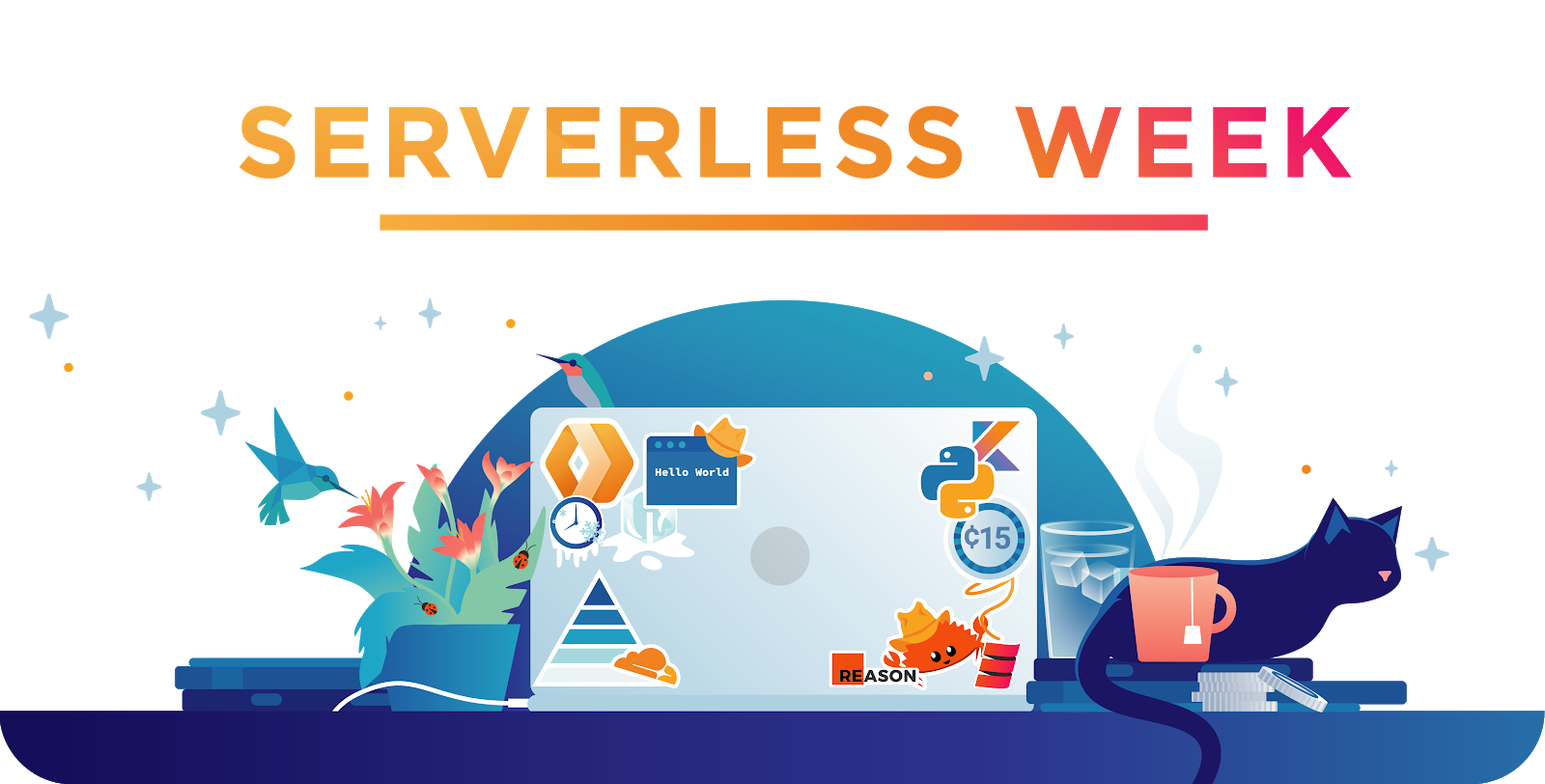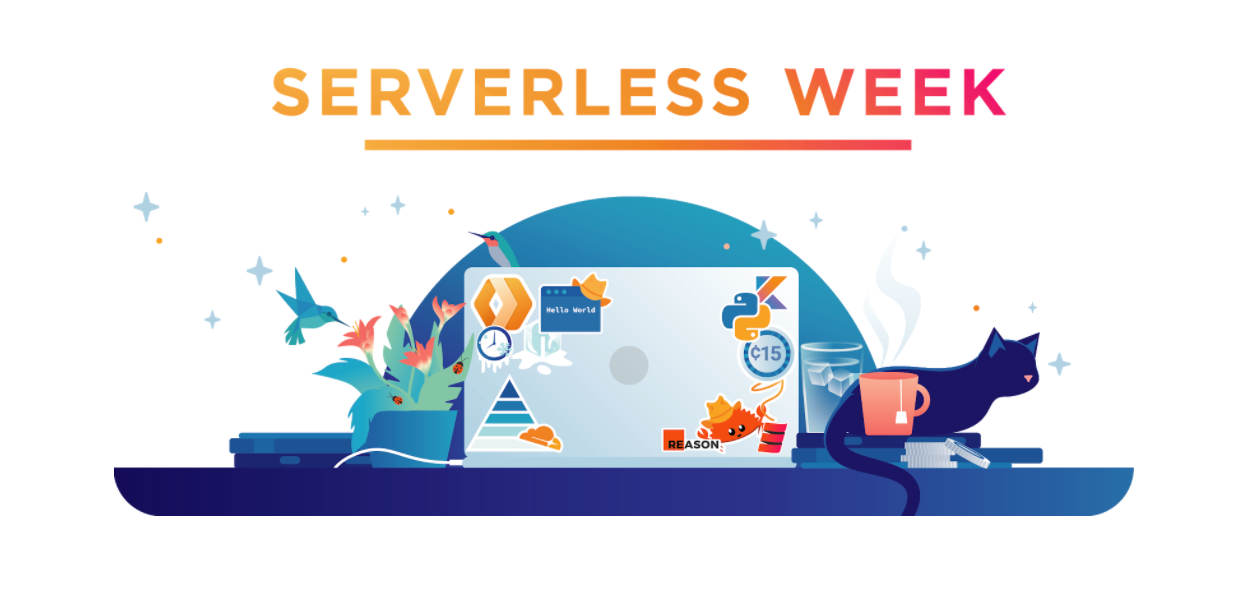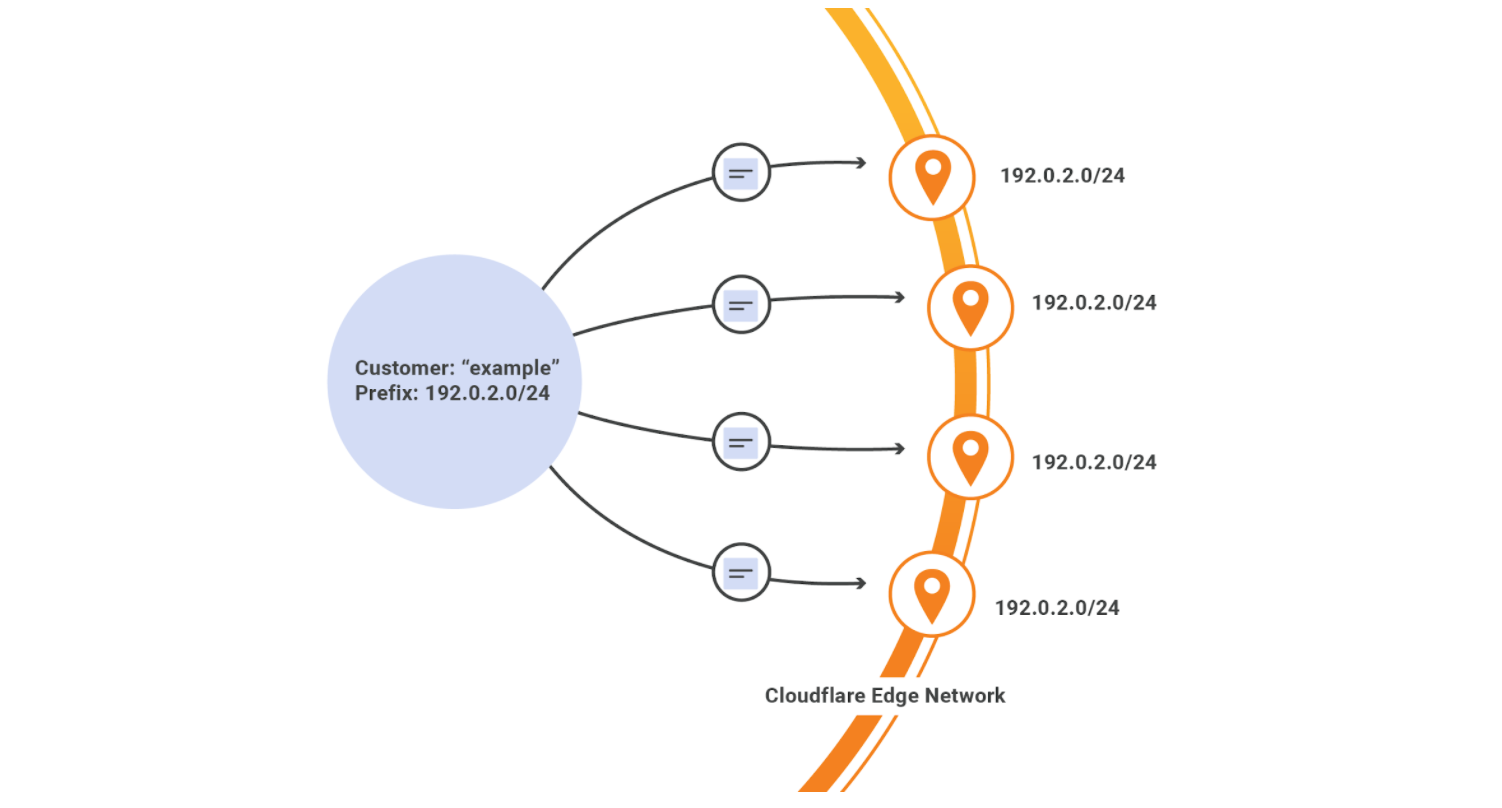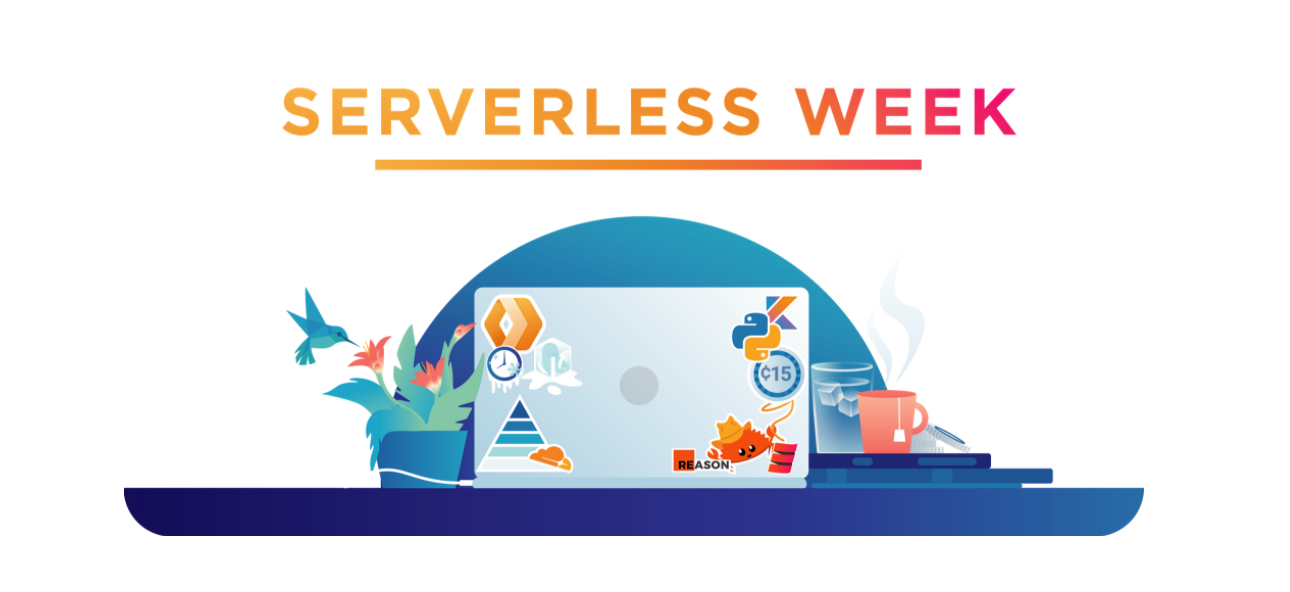Feeding The Datacenter Inference Beast A Heavy Diet Of FPGAs
Any workload that has a complex dataflow with intricate data needs and a requirement for low latency should probably at least consider an FPGA for the job. …
Feeding The Datacenter Inference Beast A Heavy Diet Of FPGAs was written by Timothy Prickett Morgan at The Next Platform.
Member News: Teaching Computer Science in Rural Nigeria

Computing for the people: The San Francisco Chapter has an article by a software developer using open source software and open standards hardware to teach computer science skills to students in rural Nigeria. Chioma Ezedi Chukwu, founder of the STEMTeers mentorship program, writes that open source is more than free tools, software, or hardware. “It was a great opportunity to learn, learn by building and create with innovation.”
Coding for kids: Meanwhile, the Pacific Islands Chapter highlights a hackathon for kids event at a childcare center in Port Moresby, Papua New Guinea. The goal of the event, focused on design thinking, was to equip the students with lifelong skills in the digital age.
Supporting e-learning: In other education-related news, the Uganda Chapter is focused on helping teachers and students improve their digital skills as the country embraces e-learning following the COVID-19 pandemic. “Educators need to adjust their teaching methods to cope with the new changes,” an article says. “Educators should be able to cause change or affect the learner beyond the chalk and blackboard while learners need to be taken through an adaptability process as they transition to digital education.”
Tracking the virus: The Chapter in the Continue reading
Making magic: Reimagining Developer Experience for the World of Serverless


This week we’ve talked about how Workers provides a step function improvement in the TTFB (time to first byte) of applications, by running lightweight isolates in over 200 cities around the world, free of cold starts. Today I’m going to talk about another metric, one that’s arguably even more important: TTFD, or time to first dopamine, and announce a huge improvement to the Workers development experience — wrangler dev, our edge-based development environment with all the perks of a local environment.
There’s nothing quite like the rush of getting your first few lines of code to work — no matter how many times you’ve done it before, there's something so magical about the computer understanding exactly what you wanted it to do and doing it!

This is the kind of magic I expected of “serverless”, and while it’s true that most serverless offerings today get you to that feeling faster than setting up a virtual server ever would, I still can’t help but be disappointed with how lackluster developing with most serverless platforms is today.
Some of my disappointment can be attributed to the leaky nature of the abstraction: the journey to getting you to the point of writing Continue reading
Worth Reading: How CEOs think
Robert Graham wrote a great article explaining why CEOs don’t care much about cybersecurity or any other non-core infrastructure (including networking, unless you happen to be working for a service provider). It’s a must-read if you want to understand the **** you have to deal with in enterprise environments.
Docker Index: Dramatic Growth in Docker Usage Affirms the Continued Rising Power of Developers
Developers have always been an integral part of business innovation and transformation. With the massive increase in Docker usage, we can see the continued rising importance of developers as they create the next generation of cloud native applications.
You may recall in February we introduced the Docker Index, which gives a snapshot and analysis of developer and dev team preferences and trends based on anonymized data from 5 million Docker Hub users, 2 million Docker Desktop users and countless other developers engaging with content on Docker Hub.
According to a newly updated Docker Index, the eight months between November 2019 and July 2020 have seen a dramatic swell in consumption across the Docker community and ecosystem. How exactly is usage expanding? Let us count the ways.
Last November, there were 130 billion pulls on Docker Hub. That seemed worth talking about, so we shared this data in a blog in February. But since then consumption of the world’s most popular repository for application components (Docker Hub lest there be any doubt) has skyrocketed; in July, total pulls on Docker Hub reached 242 billion. That’s almost a doubling of pulls in a little over six months. (To be Continue reading
I’m Concerned for the Future of Open Internet

I'm beginning to feel concerned for the future of an open Internet.
The post I’m Concerned for the Future of Open Internet appeared first on EtherealMind.
Bringing Your Own IPs to Cloudflare (BYOIP)

Today we’re thrilled to announce general availability of Bring Your Own IP (BYOIP) across our Layer 7 products as well as Spectrum and Magic Transit services. When BYOIP is configured, the Cloudflare edge will announce a customer’s own IP prefixes and the prefixes can be used with our Layer 7 services, Spectrum, or Magic Transit. If you’re not familiar with the term, an IP prefix is a range of IP addresses. Routers create a table of reachable prefixes, known as a routing table, to ensure that packets are delivered correctly across the Internet.
As part of this announcement, we are listing BYOIP on the relevant product pages, developer documentation, and UI support for controlling your prefixes. Previous support was API only.
Customers choose BYOIP with Cloudflare for a number of reasons. It may be the case that your IP prefix is already allow-listed in many important places, and updating firewall rules to also allow Cloudflare address space may represent a large administrative hurdle. Additionally, you may have hundreds of thousands, or even millions, of end users pointed directly to your IPs via DNS, and it would be hugely time consuming to get them all to update their records Continue reading
Day Two Cloud 059: Cloud Field Day Wrap-Up
Today's Day Two Cloud is a smorgasbord of cloud-related vendor analysis courtesy of Cloud Field Day 8, where host Ned Bellavance and guest Adam Fisher were delegates. This episode includes discussions about Veeam, Zerto, Diamanti, and others, but it's not a sponsored show.Day Two Cloud 059: Cloud Field Day Wrap-Up
Today's Day Two Cloud is a smorgasbord of cloud-related vendor analysis courtesy of Cloud Field Day 8, where host Ned Bellavance and guest Adam Fisher were delegates. This episode includes discussions about Veeam, Zerto, Diamanti, and others, but it's not a sponsored show.
The post Day Two Cloud 059: Cloud Field Day Wrap-Up appeared first on Packet Pushers.
A Partnership to Improve Africa’s Internet Infrastructure Resilience and Reliability

Last week, we announced an expanded partnership with AFRINIC, the Regional Internet Registry for the African region. On Friday, 24 July, Eddy Kayihura, Chief Executive Officer at AFRINIC, and I, on behalf of the Internet Society, signed a Memorandum of Understanding (MoU) between the two organizations to work on several projects including Internet measurements, routing security, and infrastructure and community development.
Right after the virtual signing ceremony, we described the first collaborative activity under the new MoU – the Africa Internet Measurements. Part of our Measuring the Internet project, the effort aims to tackle the problem of Internet resilience and reliability in the continent.
Although Africa has significantly increased Internet penetration in the last decade, the continent must improve the resilience and the reliability of its Internet infrastructure to pave the way for future innovations and technological advancements as expressed in the African Union’s 2063 agenda. Without proper measurements and data, we don’t know where the problem is, what we need to improve, or if our solutions work. Much of the available Internet measurement data relating to Africa measures only specific types of Internet traffic and not overall Internet resilience, which is the ability of the network to Continue reading
Eliminating cold starts with Cloudflare Workers


A “cold start” is the time it takes to load and execute a new copy of a serverless function for the first time. It’s a problem that’s both complicated to solve and costly to fix. Other serverless platforms make you choose between suffering from random increases in execution time, or paying your way out with synthetic requests to keep your function warm. Cold starts are a horrible experience, especially when serverless containers can take full seconds to warm up.

Unlike containers, Cloudflare Workers utilize isolate technology, which measure cold starts in single-digit milliseconds. Well, at least they did. Today, we’re removing the need to worry about cold starts entirely, by introducing support for Workers that have no cold starts at all – that’s right, zero. Forget about cold starts, warm starts, or... any starts, with Cloudflare Workers you get always-hot, raw performance in more than 200 cities worldwide.
Why is there a cold start problem?
It’s impractical to keep everyone’s functions warm in memory all the time. Instead, serverless providers only warm up a function after the first request is received. Then, after a period of inactivity, the function becomes cold again and the cycle continues.
For Workers, this has Continue reading
HS. Part 7. Interoperability of Nokia SRLinux and Microsoft Azure SONiC
Hello my friend,
we continue the series of the blogpost dedicated to the overview of the Nokia SR Linux. Today we will speak about the interoperability and its joint operation with Microsoft Azure SONiC, another disaggregated OS, which is used in the hyper scale data centres.
2
3
4
5
retrieval system, or transmitted in any form or by any
means, electronic, mechanical or photocopying, recording,
or otherwise, for commercial purposes without the
prior permission of the author.
Automate your data centre infrastrcutre
The data centres and applications they host might be very static, if that is classical enterprise workloads. However, in the world of the clouds the frequency of the changes performed in the data centre network and servers can be very high. Effectively, it can be so high that doing them manually is impractical.

At our network automation training (either live or self-paced) you will learn the foundation of the automation for the small and big data centres, and clouds. You will lean how to structure the data using YANG modules, how to serialise it using JSON, XML, Protobuf depending on the application requirements Continue reading
Balancing AMD’s Future On The Edge Of A Silicon Wafer
The hardest job at any chip designer that doesn’t actually own its own foundry – and maybe even those that do – is figuring out what wafer start commitment level to make for a new compute engine in the datacenter. …
Balancing AMD’s Future On The Edge Of A Silicon Wafer was written by Timothy Prickett Morgan at The Next Platform.
Creating an AWS ELB using Pulumi and Go
In case you hadn’t noticed, I’ve been on a bit of a kick with Pulumi and Go recently. There are two reasons for this. First, I have a number of “learning projects” (things that I decide I’d like to try or test) that would benefit greatly from the use of infrastructure as code. Second, I’ve been working on getting more familiar with Go. The idea of combining both those reasons by using Pulumi with Go seemed natural. Unfortunately, examples of using Pulumi with Go seem to be more limited than examples of using Pulumi with other languages, so in this post I’d like to share how to create an AWS ELB using Pulumi and Go.
Here’s the example code:
elb, err := elb.NewLoadBalancer(ctx, "elb", &elb.LoadBalancerArgs{
NamePrefix: pulumi.String(baseName),
CrossZoneLoadBalancing: pulumi.Bool(true),
AvailabilityZones: pulumi.StringArray(azNames),
Instances: pulumi.StringArray(cpNodeIds),
HealthCheck: &elb.LoadBalancerHealthCheckArgs{
HealthyThreshold: pulumi.Int(3),
Interval: pulumi.Int(30),
Target: pulumi.String("SSL:6443"),
UnhealthyThreshold: pulumi.Int(3),
Timeout: pulumi.Int(30),
},
Listeners: &elb.LoadBalancerListenerArray{
&elb.LoadBalancerListenerArgs{
InstancePort: pulumi.Int(6443),
InstanceProtocol: pulumi.String("TCP"),
LbPort: pulumi.Int(6443),
LbProtocol: pulumi.String("TCP"),
},
},
Tags: pulumi.StringMap{
"Name": pulumi.String(fmt.Sprintf("cp-elb-%s", baseName)),
k8sTag: pulumi.String("shared"),
},
})
You can probably infer from the code above that this Continue reading
Software Has To Lead Hardware In The AI Dance
A lot of the people who are working at the many AI chip startups have a long history in processor development in the datacenter, and that is certainly true of the folks who founded SambaNova Systems. …
Software Has To Lead Hardware In The AI Dance was written by Nicole Hemsoth at The Next Platform.
Next Platform TV for July 29, 2020
On Next Platform TV for today, July 29 we delve into a congressional perspective on AI investments; discuss a new path to low precision in ASICs; talk about the 8-socket server market; and also touch on object storage insights. …
Next Platform TV for July 29, 2020 was written by Nicole Hemsoth at The Next Platform.